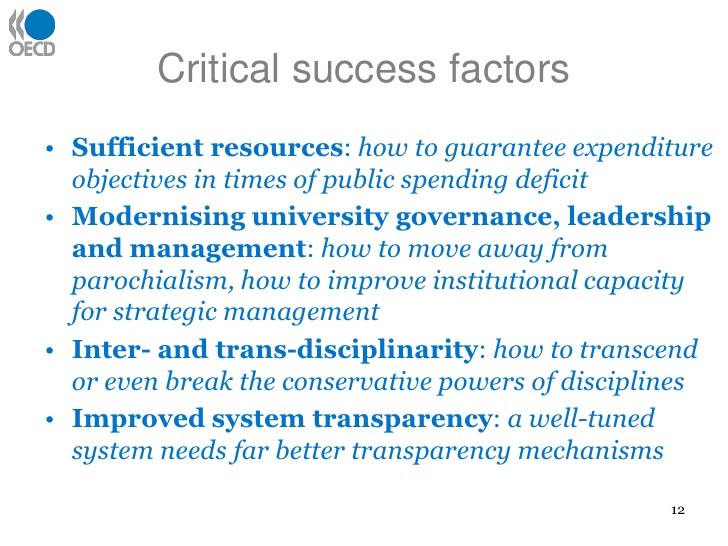Diversification vs Concentration
Post on: 18 Июль, 2015 No Comment

Posted on October 30, 2013 // 25 Comments
“Never put all your eggs in one basket.”
Proverb
“Concentrate your energies, your thoughts and your capital. The wise man puts all his eggs in one basket and watches the basket.”
Andrew Carnegie
The fight of putting all your eggs in one basket and not doing so seems as old as the egg itself.
The story is the same when it comes to diversifying (eggs in many baskets) or concentrating (eggs in very few baskets) your investment portfolio.
So if you are grappling with this question – “How many stocks should I own to make a diversified portfolio?” – don’t worry for you are not alone in struggling with this question.
In this post, I will try to bring together a few theories on this topic of “concentration versus diversification” and see where they can lead us to.
Let’s start from the start, and see what the father of value investing, Ben Graham, had to say on this subject.
Diversification Vs. Concentration
In the fifth chapter of The Intelligent Investor. titled “The Defensive Investor and Common Stocks”. Graham lays down the foundation for picking stocks under a section titled – Rules for the Common Stock Component.
Here is what he wrote
There should be adequate though not excessive diversification. This might mean a minimum of ten different issues and a maximum of about thirty.
He added
Each company selected should be large, prominent and conservatively financed. Indefinite as these adjectives must be, their general sense is clear.
So Graham advises you to have anywhere between 10 (not less) and 30 (not more) companies in your portfolio
In 1952, noted economist Harry Markowitz supported Graham’s view and wrote that it is inefficient to put a large holding in just a few stocks, and that investors should diversify across a large number of stocks. He wrote
Diversification is both observed and sensible; a rule of behavior which does not imply the superiority of diversification must be rejected both as a hypothesis and as a maxim.
This was in contrast to what John Maynard Keynes had said much earlier in 1934
As time goes on I get more and more convinced that the right method in investment is to put fairly large sums into enterprises which one thinks one knows something about and in the management of which one thoroughly believes.
It is a mistake to think that one limits ones risk by spreading too much between enterprises about which one knows little and has no reason for special confidence.
Ones knowledge and experience are definitely limited and there are seldom more than two or three enterprises at any given time in which I personally feel myself entitled to put full confidence.
Warren Buffett supported Keynes view, and included in his letter to shareholders of Berkshire Hathaway in 1991 this very quote from the economist.
It was Philip Fisher who taught Buffett the benefits of focusing on just a few investments. He believed that it was a mistake to teach investors that putting their eggs in several baskets reduces risk.
The danger in purchasing too many stocks, he felt, is that it becomes impossible to watch all the eggs in all the baskets.
As per Fisher, buying shares in a company without taking the time to develop a thorough understanding of the business was far more risky than having limited diversification.
Here is what Buffett wrote in his 1966 letter to shareholders
Anyone owning such numbers of securities (like 100) after presumably studying their investment merit (and I dont care how prestigious their labels) is following what I call the Noah School of Investing – two of everything. Such investors should be piloting arks.
While Noah may have been acting in accord with certain time-tested biological principles, the investors have left the track regarding mathematical principles. (I only made it through plane geometry, but with one exception, I have carefully screened out the mathematicians from our Partnership.)
On the point of “over-diversification”, Buffett quoted the academician Billy Rose, who said
Youve got a harem of seventy girls; you dont get to know any of them very well.
In favouring concentration, Buffett wrote this in 1993
We believe that a policy of portfolio concentration may well decrease risk if it raises, as it should, both the intensity with which an investor thinks about a business and the comfort-level he must feel with its economic characteristics before buying into it. In stating this opinion, we define risk, using dictionary terms, as the possibility of loss or injury.
He also wrote
if you are a know-something investor, able to understand business economics and to find five to ten sensibly-priced companies that possess important long-term competitive advantages, conventional diversification makes no sense for you. It is apt simply to hurt your results and increase your risk.
I cannot understand why an investor of that sort elects to put money into a business that is his 20th favorite rather than simply adding that money to his top choices -the businesses he understands best and that present the least risk, along with the greatest profit potential.
In the words of the prophet Mae West: Too much of a good thing can be wonderful.
Seth Klarman wrote this in Margin of Safety
Even relatively safe investments entail some probability, however small, of downside risk. The deleterious effects of such improbable events can best be mitigated through prudent diversification.

The number of securities that should be owned to reduce portfolio risk to an acceptable level is not great; as few as ten to fifteen different holdings usually suffice.
Diversification for its own sake is not sensible. This is the index fund mentality: if you cant beat the market, be the market.
Advocates of extreme diversification – which I think of as Portfolio Management and Trading over-diversification – live in fear of company-specific risks; their view is that if no single position is large, losses from unanticipated events cannot be great.
My view is that an investor is better off knowing a lot about a few investments than knowing only a little about each of a great many holdings. Ones very best ideas are likely to generate higher returns for a given level of risk than ones hundredth or thousandth best idea.
Buffett’s “Twenty Punches”
Warren Buffett is supposed to have said…
I could improve your ultimate financial welfare by giving you a ticket with only twenty slots in it so that you had twenty punches – representing all the investments that you got to make in a lifetime.
And once you’d punched through the card, you couldn’t make any more investments at all. Under those rules, you’d really think carefully about what you did, and you’d be forced to load up on what you’d really thought about. So you’d do so much better.
The problem with most of us investors is that, too often, we scatter money around while saying to ourselves, “Okay, let me throw a little money in this stock and little in that stock and then see what happens. At least, one of the stocks will work!”
Now, that’s a sure shot road to a hell lot of risk – first you don’t know where you are scattering your money, and then you think you are investing while the reality is that you are speculating in the hope of hitting the “right” stock.
Buffett wrote this in his 1993 letter to shareholders…
Charlie and I decided long ago that in an investment lifetime it’s just too hard to make hundreds of smart decisions. That judgment became ever more compelling as Berkshire’s capital mushroomed and the universe of investments that could significantly affect our results shrank dramatically.
Therefore, we adopted a strategy that required our being smart – and not too smart at that – only a very few times. Indeed, we’ll now settle for one good idea a year. (Charlie says it’s my turn.)
I Go with Peter Lynch
Just to sum up, here is what the legends have advised on how many stocks you should own in your portfolio
- Ben Graham – 10 to 30with each company being large, prominent and conservatively financed.
- John Keynes – 2 to 3companies which one thinks one knows something about and in the management of which one thoroughly believes.
- Warren Buffett – 5 to 10if you are a know-something investor, able to understand business economics and to find sensibly-priced companies that possess important long-term competitive advantages.
- Seth Klarman – 10 to 15better off knowing a lot about a few investments than knowing only a little about each of a great many holdings.
I personally hold around 12 to 15 stocks in my portfolio at a given point in time. The maximum I have had over the last ten years is 20, which I thought was too hard to manage given my limited attention span.
Anyways, if you dont remember Buffetts, or Grahams, or Keyness, or Klarmans thoughts on concentration versus diversification, I am sure you would remember Peter Lynch who said
Owning stocks is like having children, don’t get involved with more than you can handle.
I have nothing to add!
What about you? How many stocks do you own in your portfolio? And is there a specific philosophy you practice on diversification versus concentration? Let the tribe know in the Comments section below.














